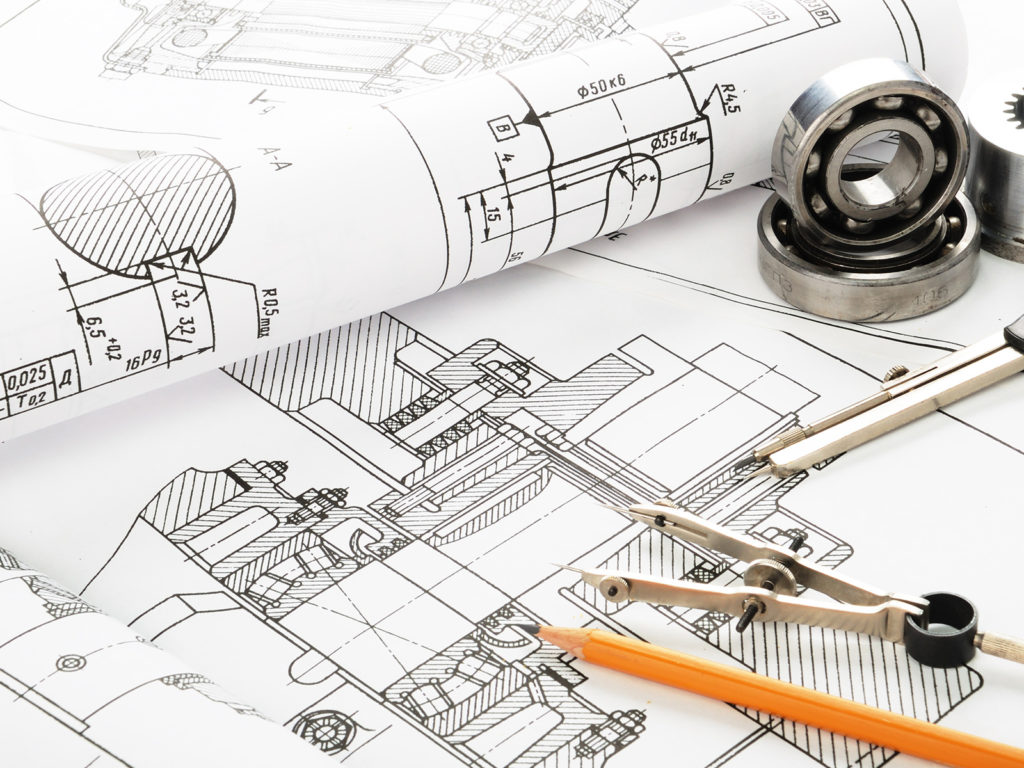This report documents the development and execution of the design of a chemical waste organizer robot, called the “Chemical Safety Assistant”. This robot is capable of detecting and sorting coloured beads into its designated containers, adhering to a budget constraint of 100 Canadian dollars. These colours to-be-sorted include blue, black, red, and yellow.
The implementation involved both mechanical design and programming in RobotC. Three conceptual designs were considered, with the first design, resembling a gantry system, being chosen as the final design due to its mechanical simplicity and efficient movement. The team thereby adopted a gantry-style robot design inspired by 3D printers. The robot possesses key mechanisms including a rack and pinion for the x and y-directions, a lift-top platform for the z-direction, and a worm drive to power the mechanical gripper for cup handling. Various materials such as Tetrix beams, Lego parts, acrylic, PLA filament, and plywood were used for construction.
The software design comprised nine non-trivial functions organized in a logical flow. The execution of the code involved individual function testing which was ultimately integrated into the mechanical system. The robot’s functionality was tested as detailed in the engineering specification sheet. This includes cost effectiveness, color detection, portability, weight support of the EV3 brick, movement range in the x-y-z directions, cable management, and reliability.
The project concluded with verifying the robot’s performance by successfully demonstrating all the characteristics, as well as meeting functional requirements and constraints. However, challenges such as gripper reliability were encountered, suggesting additional areas for further improvement in future iterations. These future iterations involve thorough testing of integrated components and enhancements to individual parts such as the lift-top platform and EV3 brick mounting bracket. Overall, the project demonstrated effective implementation between the mechanical and software design disciplines, achieving its objectives with room for further refinement.


